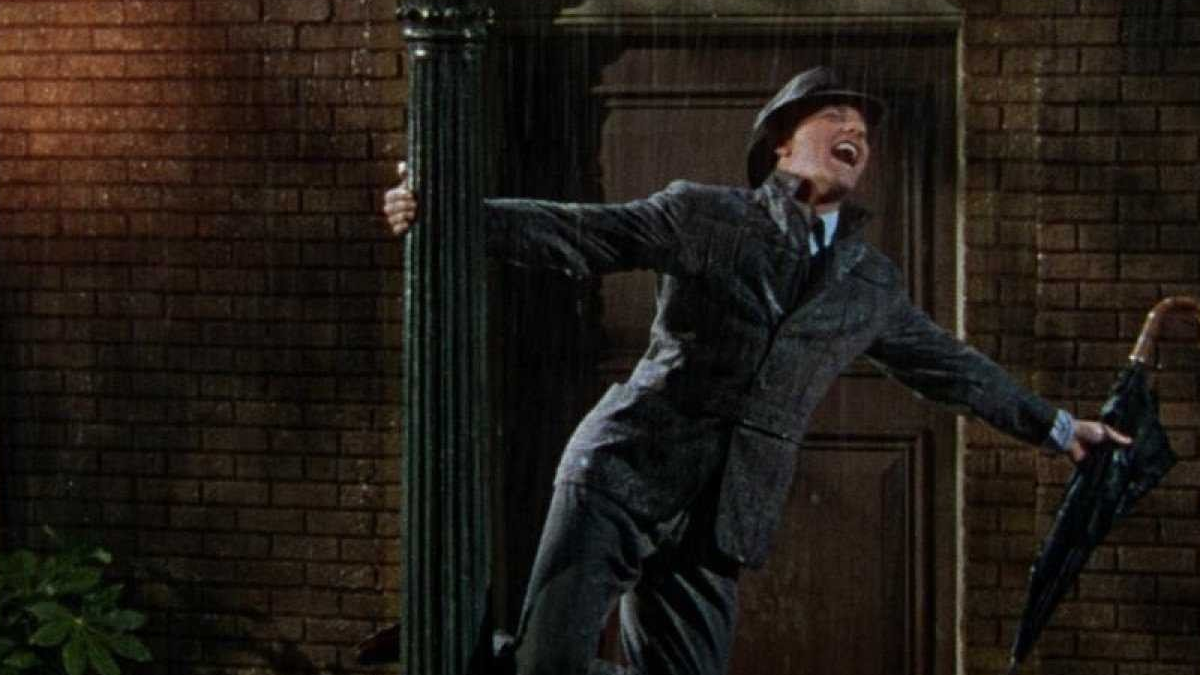If you have ever seen Singin’ in the Rain (1952) you’ll probably remember Donald O’Connor’s wonderful comic rendition of ‘Make ‘em laugh’. Rumour has it that it was so strenuous that the still young but chain-smoking O’Connor spent the two days after filming in bed, recovering. I would like to take the song title and add it to the lexicon of famous adages: like ‘Sex Sells’ and ‘Celebrity Sells’. However, the style and frequency of use of humorous ads has changed over the years (as has the use of ‘sex’ in ads).
Going back to almost the era of Singin’ in the Rain there were some very famous humorous campaigns, including Volkswagen, which, for years, had a quiet and gentle humour epitomised by the ‘Snow Plow’ ad, and the famous ‘Lemon’ press ad. All in contrast to the more brash advertising of many other car marques of the time.
Perhaps the heyday of humorous advertising (in terms of use) were the 1970s, ’80s and ’90s, when every other ad, especially alcoholic ones, were funny (or tried to be). Ads like Carling’s ‘Dambusters’, the Joan Collins and Leonard Rossiter for Cinzano, Cadbury’s (Smash- Martians), John Smith’s Bitter (acrobatic dog), Heineken (policemen’s feet), Skol (Skolar) and Hamlet (comb over) all stand out in my memory.
Looking back now, the tone of many of these ads was very different
Many of ads used a very laddish style of humour, less gentle and not so witty. As we moved in the new century there were still funny ads; ads like Melbourne Metro’s public service ad ‘Dumb ways to die’, Old Spice (Ladies, look at your man), Snickers (You’re not you…) and Volkswagen’s re-interpretation of Gene Kelly singing ‘Singin’ in the Rain’ but there were probably fewer of them. Why was this? Humorous ads are generally felt to be memorable, ‘sociable’ (talked about) and good for brand building. All positive attributes for an ad, yet until perhaps very recently they were less frequently used than before. Four reasons, I believe, that contributed to this: firstly, a change in legislation; secondly, a shift in attitudes; thirdly, the growth of purpose-led brands; and finally, the more short-term focus adopted by many brands.
Alcoholic advertising is no longer allowed on TV so one of main homes of humour was effectively demolished. The changes in public attitudes would mean that many of the older classic ads, and indeed TV shows, would be deemed inappropriate and would seem dated and sexist today. They would draw criticism from the majority of people. Worry that this sort of reaction might adversely affect their brand’s equity meant marketing departments shied away from any potential controversy.
The growth of purpose-led has led to more ‘issue’-led advertising, often more serious in tone. Some were more successful than others. Take a bow, Pepsi. Performance marketing and the desire to drive recruitment and/or immediate sales is the fourth reason. Likeability, memorability and brand building took a back seat, as immediate returns were increasingly the order of the day. Many of the newer generation of disruptive brands were prime examples, though the Million Dollar Shave Club was a notable exception.
Interestingly in the last 6-12 months there appears to have been an upturn in the use of humorous ads. So much so that it has been commented on at Cannes Lions, in Campaign and Forbes. Personally, I hope this is true and that numerous ads go back to making ‘em (and me) laugh.
Featured image: Singin’ In The Rain (1952)

